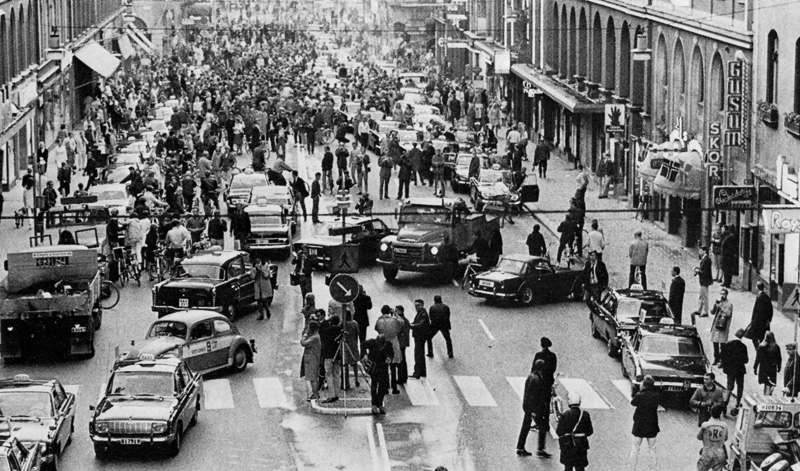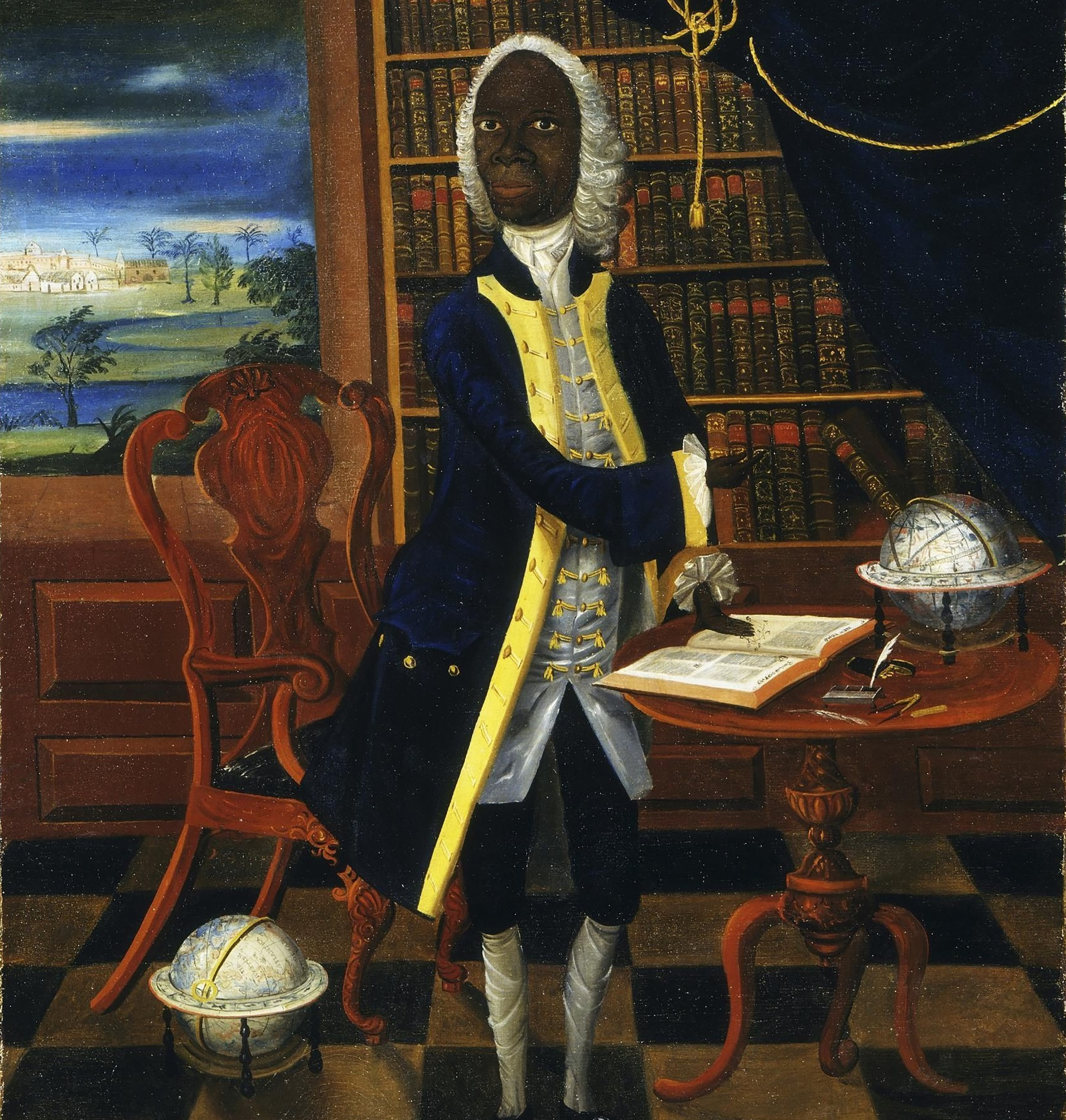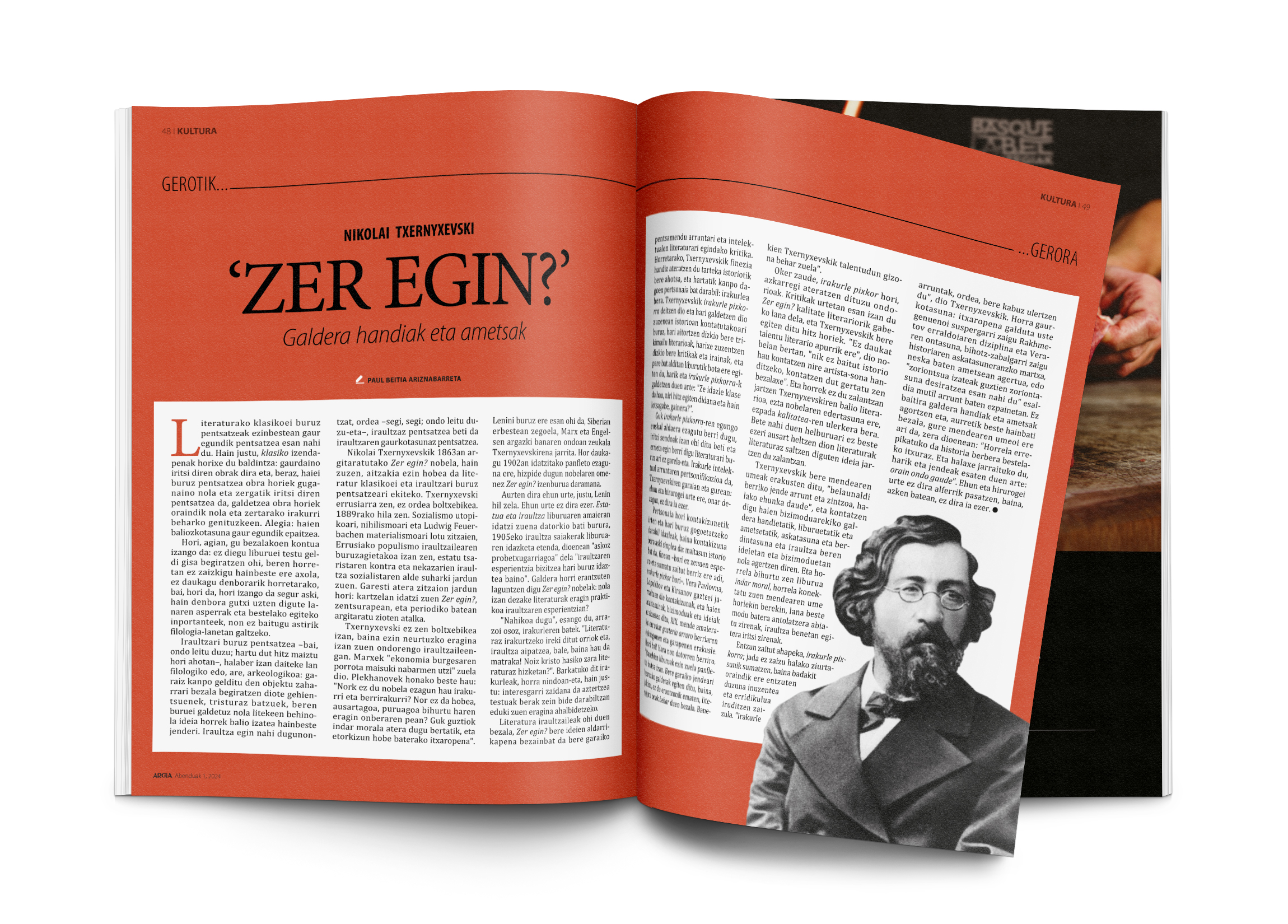Driving on the Napoleon side

Swindon, England, 1998. On the Roman route of Blunsdon Ridge, archaeologists found that the lanes they had left on the road for the passage of cars were much deeper on one side than on the other. As the road led to a quarry and, therefore, the cars headed to the empty place and returned loaded, they concluded that the vehicles circulated on the left.
In ancient times, in Egypt, in Greece and in Rome at least, experts believed that horses and chariots tended to march on the left side of the roads, such as the British historian Cyril Northcote Parkinson (1909-1993).
As most of the horsemen and carriages were right-handed, they held the reins with their left hand and left the hand more open, if necessary, to use the sword. Car drivers also carried the whip or whip to the right, and driving on the left prevented involuntary bumps on the scooter's passersby.
In 1300, Bonifazio VIII.ak first established a traffic decree to solve the problems of the San Angelo bridge of access to the Basilica of San Pedro. At that point in the City of Rome, from there, he had to turn right.
But there were no fixed rules in Europe. In France before the revolution, for example, according to the classes, they were on one side or the other: the habit of going on the right was quite widespread, but nobility preferred to go on the left. In 1792 the revolutionary government approved the decree of driving on the right, but the Napoleon Army managed to bring this rule into force not only in France, but also in the conquered territories, such as the Netherlands, Poland, Switzerland and Spain.
Some say it was a whim of Bonaparte or a mastery gesture of the French army. Others were of the opinion that, at that time, the movement of troops was very frequent and that many times they were on the roads, going to the right and bringing weapons to the open helped to avoid internal dissensions. That is why leadership has been maintained on the left of the islands, such as the United Kingdom, Japan or Australia, where the troops usually moved by sea.
In the era of colonization, the differences were regulated by colonizers, and in the first half of the twentieth century normative unification and, therefore, the habit of driving on the right was generalized.
Today, in most countries you have to drive on the right, but it does not seem that the "left-wing" countries are going to change sides, although in 1967 the Swedes demonstrated that it can be done without major problems.
London 1928. At the Victoria and Albert Museum there was a very special painting: in the painting there is a black man, with wig and Levite, surrounded by books and scientific instruments. Thus it was catalogued in the Museum: “Unique satirical portrait representing a failed... [+]
Thinking about literary classics necessarily means thinking from today. It is precisely the classical name that is conditioned to the fact that these works have come to this day, so to think about them is to think about how and why those works have come to us, to ask how and for... [+]
It is said that Simone de Beauvoir wrote that the oppressor would not be so strong if he did not have complicit in the lines of the oppressed. It seems very normal to me... What do you want? When you're down, it's also understandable that you want to improve your condition, and... [+]
Autobiography writing is, they say, the most effective tool for personal development, the most liberating. Pulling things away from the past and remembering them, it seems that it helps unleash the knots of the present. Yes, it helps to understand the present and to draw a... [+]
Ethiopia, 24 November 1974. Lucy's skeleton was found in Hadar, one of the oldest traces of human ancestors. The Australian hominid of Australopithecus afarensis is between 3.2 and 3.5 million years old.
So they considered it the ancestor of species, the mother of all of us. In... [+]



















